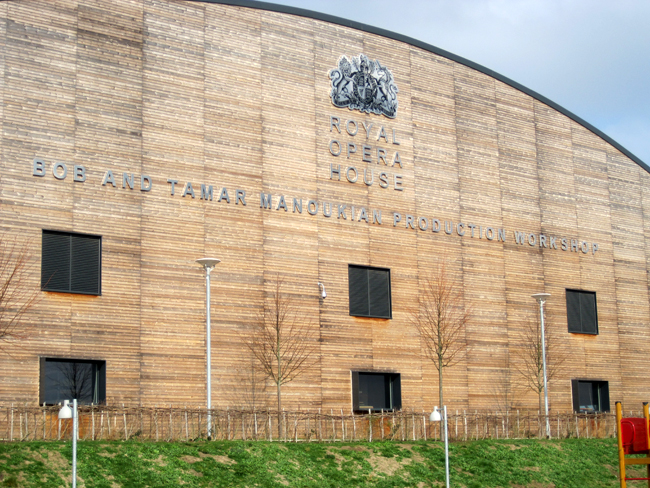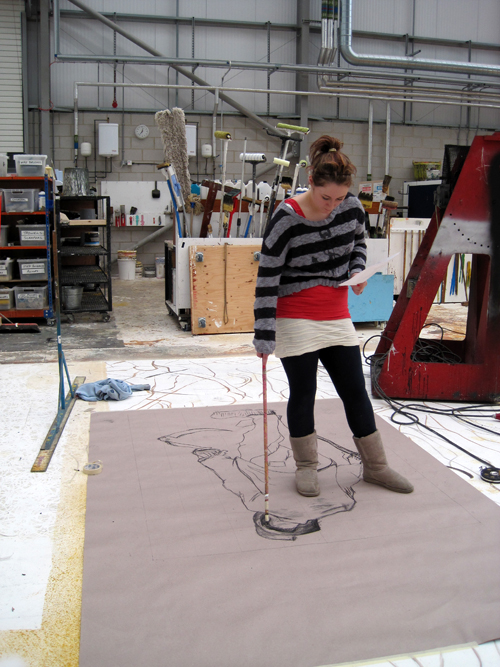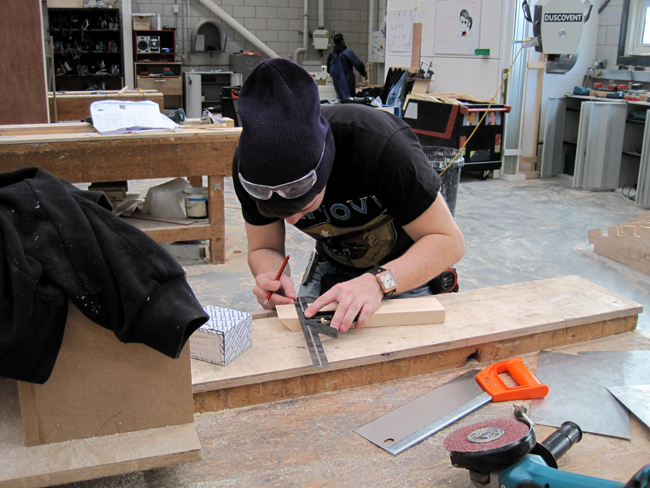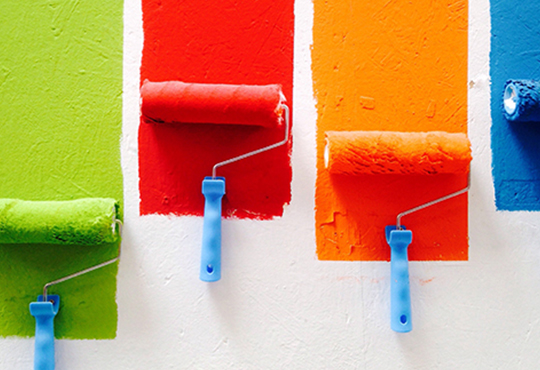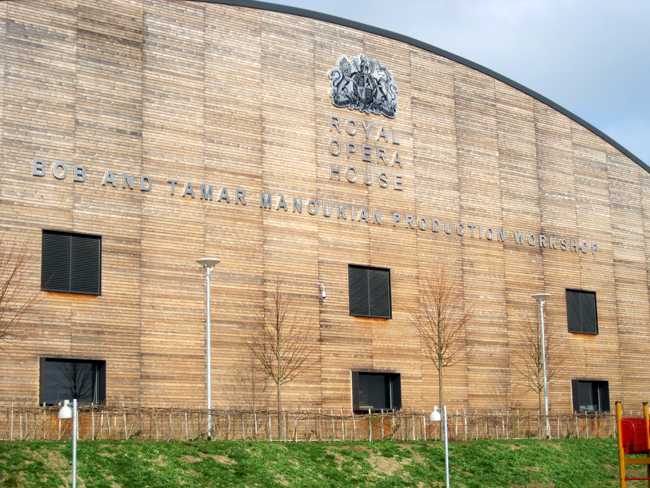
The Royal Opera House is the first point of call for anyone with the urge to immerse themselves in the glittering, mystical world of ballet and Opera. Nestled in the heart of Covent Garden, the opera house is the UK’s most prestigious venue for live ballet and opera. Despite this, I have not once stopped to think about the sets that tower over the performers on the stage. Of course, I have stepped back, awe struck, to take in the sheer beauty of the sets but never once have I stopped to think about the logistics of them.
As part of the Royal Opera House Week the MSL team had the opportunity to see the sets being made and naturally I jumped at the idea. Stepping into the workshop in Purfleet was like stepping into a different world. A world full of super highly talented craftsmen, all of whom have perfected their craft over countless years of working and were now at the top of their game. There was no air of arrogance surrounding the team, no pretentiousness and no rushed manner. The team were nothing but welcoming, informative and friendly in their approach towards us, making us feel included in their little world from the moment we walked into the room. With 30 full time employees, Purfleet Production Studios is home to a paint room, fix up room, metal and woodwork workshops and it is here that the wonderful, majestic stage sets are produced.
Our tour began with a visit to the paint room, a vast open space that can fit up to four floor cloths at a time, laid out ready to be painted. “These floor cloths form the backdrop to the stage set” exclaimed Emma Troubridge, the senior scenic painter at the Royal Opera House, as she showed us around the site, dodging cans of paint as we went. The room was a hive of activity with apprentices busy working on the sets ready for the opening night of Les Troyens. The apprentices are given freedom and support from industry leaders, allowing them to work on real life stage sets. In the past however, this was not the case with apprentices working for eight years only being allowed to paint a small section of the canvas. The Royal Opera House apprentices work for a total of two-three years with senior scenic painters such as Emma, helping them target areas in need of improvement.
A similar ethos is carried over to the woodwork room where a team of apprentices accompany the carpenters when building the frames for the sets. There is no typical day in the lives of a woodwork apprentice but common tasks include learning different joints, experimenting with different materials and practicing a diverse range of skills. The work is physically demanding and requires everyone to be on the ball at all times but the results are definitely rewarding. “The highlight of my job has to be seeing something you have worked on, appear on stage.” said Michael, an eighteen year old apprentice. It is such a mind boggling process that it is hard to imagine how each different piece of set comes together to create the magnificent sets that appear on stage.
Throughout our time spent at the production workshop, one thing became apparent…if you want to enter this world and become a set designer, you must gain as much experience as you can to be successful in the industry. After all, they don’t teach you how to make a stage set in a school art class. It was such an awe inspiring experience seeing the sets being made before your eyes and I eagerly await my next visit to the Royal Opera House to see them all in action.
Grace Molan

